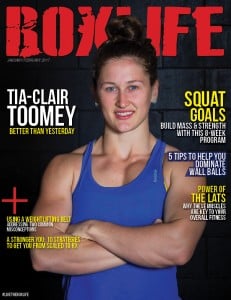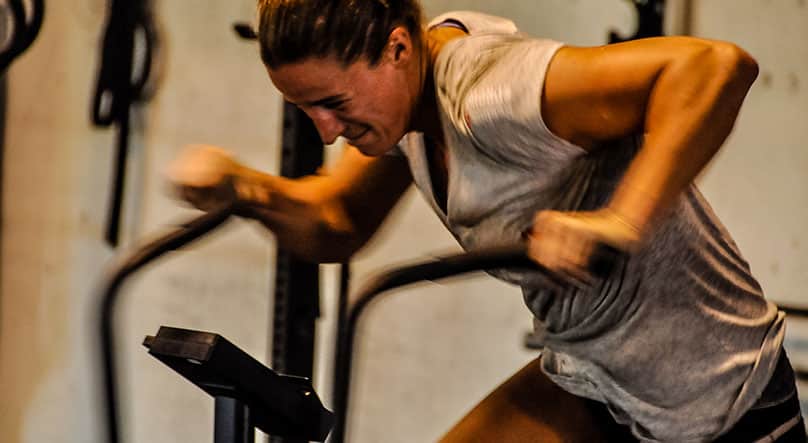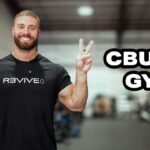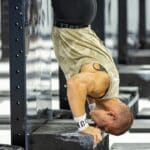The infamous saying, “no pain, no gain” has been thrown around for years, convincing people that to see physical and athletic progress, they need to feel the pain, otherwise, they weren’t working hard enough or lifting heavy enough. Or so the theory goes. But is that truly the case? Must you always feel sore and as stiff as a board it to have been a good workout?

Delayed Onset Muscle Soreness and Workout Effectiveness
That post-workout soreness that can last for days is called delayed onset muscle soreness—or DOMS for short. While muscle pain may be the most obvious indicator that you’re suffering from DOMS, other common symptoms can include:
– Swelling of the affected limbs
– Stiffness of the joint accompanied by temporary reduction in a joint’s range of motion
– Tenderness to the touch
– Temporary reduction in strength of the affected muscles (lasting days)
– In rare and severe cases, muscle breakdown to the extent that the kidneys may be placed at risk. This is more commonly known as rhabdomyolsis, or simply ‘Rhabdo’, which warrants its own article.
– Elevated creatine kinase (CK) enzyme in the blood, signaling muscle tissue damage.
The jury is still out as to what the exact mechanisms of DOMS are, with a 2003 paper in Sports Medicine proposing that there are up to six hypothesized theories. However, there is the widely held belief that DOMS “appears to be a product of inflammation caused by microscopic tears in the connective tissue elements that sensitize nociceptors and thereby heighten the sensations of pain,” as is stated in a 2013 study from the Strength & Conditioning Journal. Simply put, DOMS appears to occur due to connective tissue microtrauma. The main culprit for said trauma is believed to be due to eccentric muscle contraction—the lengthening or stretching phase—which is known to damage both the individual muscle fibers and connective tissues that surround the muscle fibers. After this microscopic muscle injury, immune cells go to the site of injury to repair the damage—which results in the inflammation and pain, but which also means that muscle fibers will become stronger through the healing process, resulting in a stronger muscle in general. This process can result from any eccentric exercise—not just weightlifting. That includes things like running and yoga, as well as exercises that you simply aren’t used to.
But does this mean that one must always experience DOMS to become stronger and develop as an athlete?
The short answer is no. The long answer is a little more complex. Yes, DOMS is a sign that there is some level of muscular hypertrophy going on in the body, and it’s usually present when you present your body with a new challenge (i.e. heavier loads, new movements, coming back after a long break, etc.). But with time, your body becomes more adept at adjusting to new stimuli, so the effects of DOMS may not be as pronounced. Furthermore, there is great variability in how individual athletes experience DOMS—some people may continually be sore after each and every workout, while other athletes feel fine. Combined, this makes DOMS an unreliable gauge of how effective a workout is. Muscle damage is a contributing factor to muscle hypertrophy (an increase in muscle size through an increase in the size of its component cells), but it’s not absolutely essential. Hypertrophy can occur from mechanical tension and/or metabolic stress, both of which can come about without muscle soreness. Therefore, though DOMS can provide a general indication that some degree of muscle tissue damage has taken place, it is not a definitive measure for it.
Based on our testing, this is the best creatine for most people. It has the perfect dosage of creatine monohydrate per serving, which has been proven to increase muscle mass.
- Promote strength and muscle gains
- Tested for purity and safety
- Creatine has no known side effects
Other ways to have a good workout without muscle soreness
You’ve got to consider the way you measure a good workout doesn’t need to be tied to how sore your muscles feel afterward. For example, a fast sprint-style workout will tax your anaerobic system, and if you push yourself to the limit then you’ll probably end up on the ground, gasping for air. But after 10 minutes have passed, you’re able to gather yourself and get on with your day, and your muscles won’t be screaming at you the next day. But does that mean you could have gone faster? Of course not! You only need to think back to the image of you convulsing on the ground to realize that.
And what about those workouts where you finally achieve a new movement for the first time, or feel ecstatic about your technique? Does that not constitute a good workout? How about simply pushing through a brutal WOD to finish under the time cap? In short, while DOMS can be an indication you are experiencing muscular development after a workout, there are many other factors you should consider when determining how a good workout really was.
Photo courtesy of Rose Physical Therapy Group/CC by 2.0















Started F5crossFit here in Oklahoma city on August 27th. Soon it will be three months. I have always exercised and weighed 110 lbs till I fractured a lower vertebrae at 50 years. After years of drugs, weight gain and other issues, I basically rolled out of bed and joined Crossfit. With clean eating and working out four to five days a week, I am amazed at my body and how much stronger it is in only a short amount of time. I am excited for the future. I can’t thank my coaches and owners of F5CrossFit enough for working with me. CrossFit is amazing. I am now 65 years old and loving it!